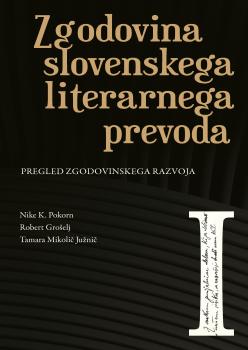Translation in (Austrian) Carinthia from 1918
Synopsis
In the 20th century, the translation culture in Austrian Carinthia was significantly influenced by socio-political circumstances, as Carinthian Slovenes became one of Austria’s ethnic minorities and were exposed to strong assimilative pressures. It was only after the Second World War that literary translation into both languages regained its importance after a silence of several decades, and it flourished in the 1970s, not least in the context of efforts to ensure the fulfilment of national rights in the face of the re-emergence of German nationalism in Carinthia. The rise of Slovene literary production, the transformation of the publishing houses Drava and Mohorjeva into bilingual literary publishing houses and the establishment of the Wieser publishing house were the core of the translation enterprise that took place from the end of the 1980s onwards, as these three houses soon published more than half of all literary translations from Slovene into German, and Mohorjeva also began to transmit German Austrian literature to the Slovene-speaking area. Among the literary translators who have worked in the Carinthian context over the past few decades, and who have also been responsible for the transfer of literature from other former Yugoslav republics and from south-eastern and eastern Europe, we can find many of the most prominent Carinthian Slovene authors, but the majority of the translations has been contributed by professional translators who have also worked with other publishing houses in Carinthia, as well as Austrian and German publishing houses.


